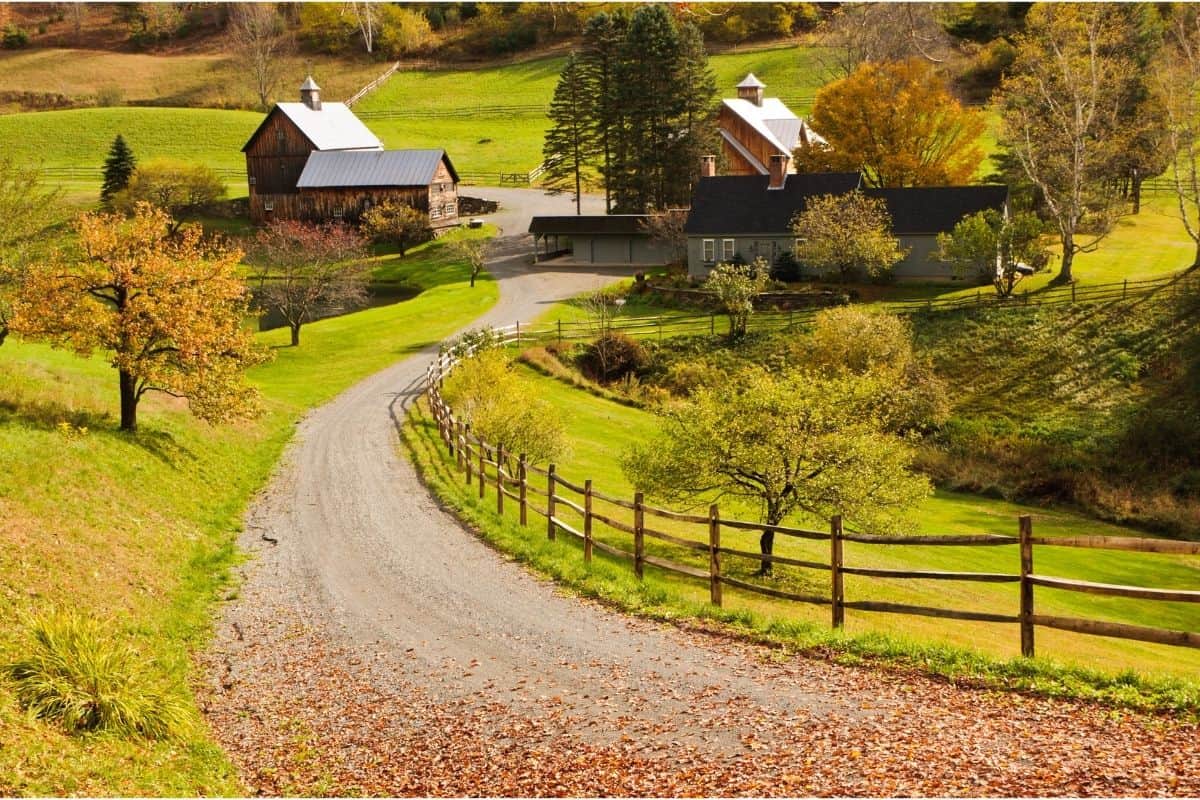Setting up a homestead with dairy goats on a 15 acre homestead is an exciting venture. It’s a dream that many people have, especially those looking to live sustainably and independently. In this article, we will explore the best practices and strategies for raising dairy goats successfully.

Why Choose Dairy Goats?
Dairy goats are a fantastic addition to any homestead. They are smaller than cows but produce a generous amount of milk. This milk can be used for drinking, cheese making, and even soap making. Goats are friendly, curious animals that can also help maintain your pasture by eating weeds and brush.
Benefits of Raising Dairy Goats
Raising dairy goats is beneficial for several reasons. First, they provide a reliable source of milk that is easier to digest than cow’s milk. Second, they are excellent foragers and can help clear land of unwanted vegetation. Lastly, they are generally low-maintenance and require less space than larger livestock.
Getting Started with Dairy Goats
Before you bring dairy goats to your 15 acre homestead, there are several factors to consider. You need to prepare the land, build suitable shelters, and choose the right goat breeds for your needs.
Preparing Your Homestead
Your 15 acre homestead should have a mix of pasture and shelter. Goats require space to graze and browse. Ensure that the area is fenced properly to keep goats in and predators out. You can learn more about landscape management by checking out fermentation projects on a homestead.
Building a Goat Shelter
A simple three-sided shelter can protect your dairy goats from harsh weather. It should be dry, well-ventilated, and spacious enough for all your goats to lie down comfortably. Consider using materials that are easily available on your homestead.
Choosing the Right Dairy Goat Breeds
There are several dairy goat breeds to choose from, each with unique characteristics. Popular breeds include the Nubian, Saanen, and Alpine. Your choice will depend on factors like milk production, temperament, and adaptability to your climate.
Nubian Goats
Nubians are known for their long ears and high butterfat content in their milk, making it ideal for cheese and soap making. They are friendly and sociable, which makes them a favorite among homesteaders.
Saanen Goats
Saanens are the largest of the dairy breeds and are known for their high milk yield. They are calm and easy to handle, which makes them perfect for beginners.
Alpine Goats
Alpines are hardy and adaptable, thriving in various climates. They produce a good amount of milk and are known for their playful nature.
Caring for Your Dairy Goats
Once you have your goats, proper care is essential to keep them healthy. This includes feeding, health checks, and regular milking.
Feeding Your Goats
Your goats diet should be a mix of pasture, hay, and grain. Minerals and fresh water are also essential. On your 15 acre homestead, you can grow perennial vegetables to supplement their diet.
Health and Wellness
Regular health checks are crucial. Keep an eye out for common issues such as parasites and hoof problems. Vaccinations and routine vet check-ups can keep your herd healthy.
Milking Your Dairy Goats
Milking should be done twice a day. Ensure that your goats are comfortable and have a clean milking area. The milk should be stored properly to maintain its quality.

Frequently Asked Questions
How much space do dairy goats need?
Each goat needs about 200 square feet of space. Ensure they have enough room to graze and explore.
Can I keep goats with other animals?
Yes, goats can coexist with chickens, sheep, and other livestock. However, ensure that they have separate feeding areas.
What is the best time to start raising goats?
Spring is ideal for starting with goats, as it’s easier to manage young kids in warmer weather.
For more detailed guidance on raising dairy goats and other homesteading tips, check out this comprehensive guide on self-sufficient living.




